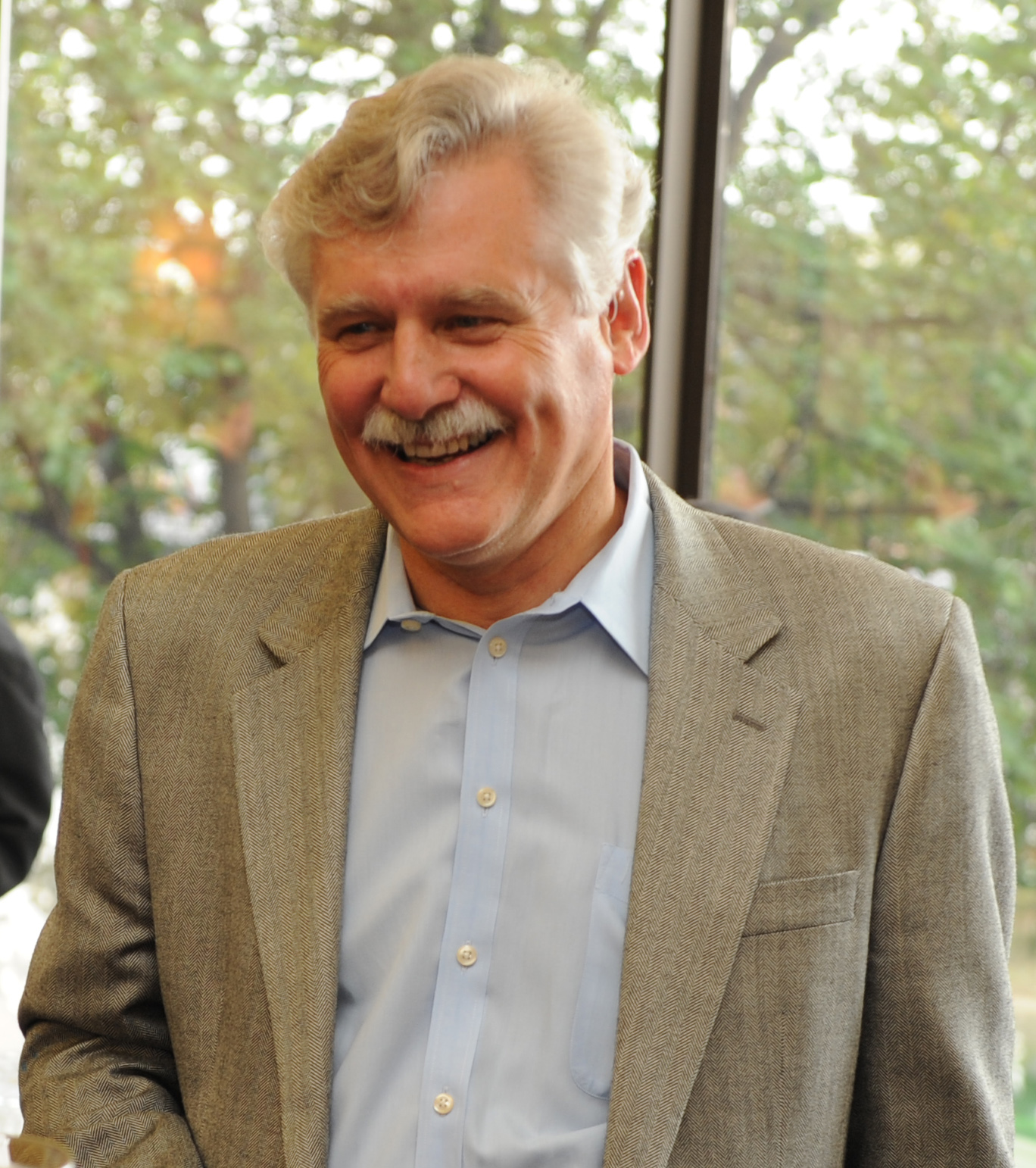Do faculty from the full-time MBA program teach in the Global Executive MBA program?
Yes, it’s the same faculty. We actually rotate our faculty between all of the MBA programs. We have some faculty who really like to teach in the Global Executive MBA program, and those who have gained enough influence will often request it.

John Gallagher, director of Fuqua’s executive MBA programs, says the Global EMBA is not an online or distance learning degree
Do students across all of Fuqua’s MBA programs earn the same degree?
There’s only one MBA from Duke University, you simply get it in different formats. There are three different MBA options for working professionals – the Cross Continent MBA, the Global Executive MBA and the Weekend Executive MBA. The Cross Continent MBA is very similar to this one, but it generally attracts a younger cohort – people in their late 20s.
What are some of the advantages and disadvantages to the program?
The diversity is certainly a perk. You have people from heavy industry and others from consultancies, people from different parts of the world, and they’re talking through the same marketing issue. There’s something very rich about having those different points of view represented in one class.
Given the distance, you’d think that students would not feel very connected, but it turns out to be an extraordinarily tight-knit community. Only other students in the program know what their classmates are going through. So they share this intensely personal set of experiences.
On the downside, I don’t think they feel nearly as connected to the institution. Our Weekend Executive MBA students are here every other weekend. The Global Executive students are only on Duke’s campus for several weeks at the beginning and end of the program. The rest of the time they’re spending in hotel rooms. So it’s harder for them to develop networks that are beyond their individual classes. They’re not here for cross-program activities like a speaker series or Fuqua Fridays where people hang out after class for snacks and beer. They have to work harder than the full-time MBAs to build a broad network.
Who is the program designed for, and who would not be a good candidate?
There are people for whom this investment makes sense. There are also a number of people for whom this program doesn’t make sense at all. If you are a senior person who’s being prepared for or are already in a management role in international business, then the program would be very useful for you. But if you’re not interested in international business, then it’d be a terrible program for you. You’d be pulling your hair out wondering why you’re dealing with classmates in Russia and Brazil. It’s really designed for those interested in global business management.
Could you explain the technology used in the program?
In 1996 when we started the program, the web was literally just taking off. A lot of people were using modems and dialup – some of our students didn’t even have an internet provider in their country. We ended up designing our own technology for the program, which we continued developing and supporting up until a year ago. The software has gone through seven versions since we started. Last year we began converting to an open source platform called Sakai. We’re free to modify it, so we’ve adapted a lot of the tools and components to fit the program. We still have a dedicated staff for software engineering and support.
Many of the tools that are available for online programs are designed for delivering courses, so you’d have a faculty member, they would create a course, and students would log in and take the course. We decided very early on that for us the internet capability is really best thought of as a collaborative platform. It’s not designed just to deliver lectures or canned presentations remotely. It’s meant to facilitate team-based work. Our students spend a lot of time in teams.
The software is built around the idea of a cohort of students going through the program. It creates one master schedule and one master list of to-do items. When you log in, it knows you’re part of the group and lays out what you’ll be doing. You also have private spaces that teams can use to schedule meetings and get together online. There are online discussion boards where faculty introduce a different topic each week. For instance, a faculty member might run a threaded discussion with all the members of the class around questions about an assignment.
It’s not possible and we do not require students to be online together during the distance portion of the program. It’s always 3:00 am for someone. However, every week faculty go online for a live session with students who are available. Those sessions are recorded, and the students who weren’t able to attend are required to review them.





Questions about this article? Email us or leave a comment below.